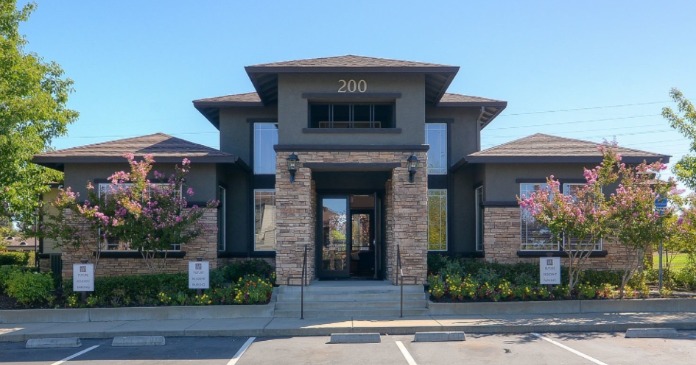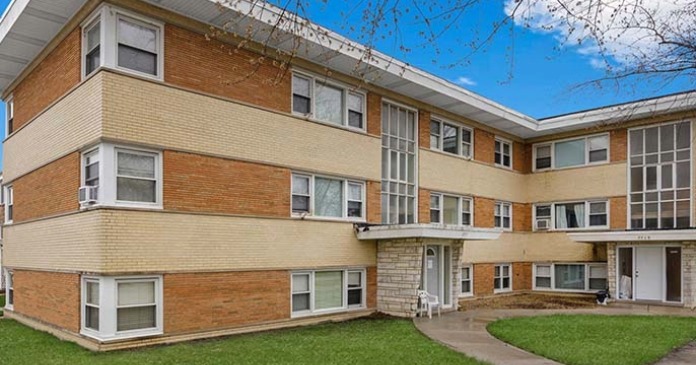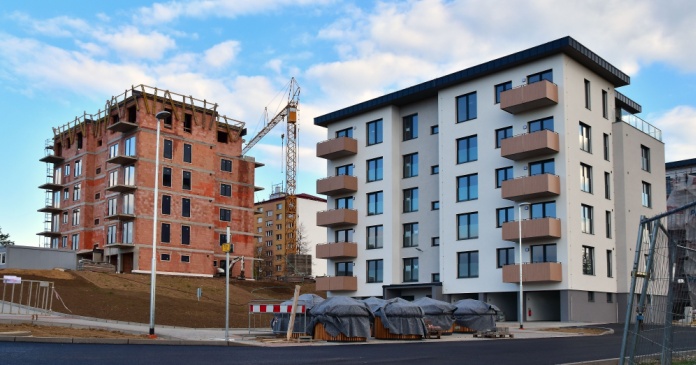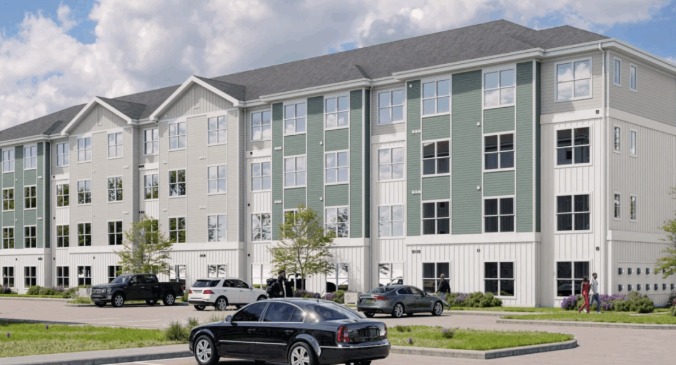Growing up in California’s central valley meant arid, hot summers. My maternal grandparents did not have air conditioning. When I was around five years old, I hated going to their house. Not because the house was hot, but rather it always disturbed me that the house was dark inside. We were not supposed to turn on the lights during the day, and my grandmother had these heavy avocado green curtains with white linings which she kept completely closed during the day. When I asked her if I could open the curtains so I could read my books, she replied softly, sitting like a shadow in the dark, “I like the dark.” This caused my little arm-hairs to stand up in fright and I suddenly worried that my grandmother was one of the undead. Without protesting, I hustled into the back yard where I sat in partial shade, sweating my face off while reading and waiting for my mom to get me around dinner time.
In reality, my grandmother was a sustainability practitioner with poor word choices who creeped out her granddaughter. Light and heat entering a space through the windows contributes about 25 to 30 percent of the air conditioning load. Those ugly drapes were a defensive barrier between the living space and the triple digits outside.
To understand how window coverings work, it is helpful to grasp the basics of heat transfer. Heat enters our homes through windows primarily in three ways: conduction (heat passing directly through by warming the glass), convection (heat carried by air currents) and, most significantly, radiation (solar energy entering as sunlight). Effective window coverings aim to disrupt one or more of these transfer processes, creating a cooler, more energy-efficient living space.
As our summertime temperatures ramp up, let’s talk about window coverings as a cost-effective strategy for keeping our communities and common area spaces comfortable while controlling our energy costs.
Plastic blinds (Venetian blinds)
Often a go-to for their affordability and versatility, plastic blinds, or Venetian blinds, consist of horizontal slats that can be tilted to control light and privacy. Their efficacy in reducing heat gain stems from their ability to reflect sunlight when angled correctly. By tilting the slats upwards, they can bounce a significant portion of direct solar radiation back outside. However, their limitations lie in the gaps between slats, which allow some heat to seep through, and the material itself can absorb and radiate heat into the room if not adequately reflective. While better than nothing, their insulation properties are minimal compared to other options.
Curtains (draperies)
Curtains offer a vast array of choices in terms of fabric, color, and thickness, all of which impact their ability to combat heat. Heavy, opaque curtains, especially those with thermal or blackout linings, are particularly effective. They work by creating an insulating barrier between the window and the room, trapping a layer of air that slows down heat transfer by both conduction and convection. Lighter-colored curtains on the exterior-facing side are beneficial as they reflect more solar radiation. The key to their efficacy lies in their ability to completely cover the window and extend beyond the frame, minimizing gaps for heat to enter. While aesthetically pleasing, their effectiveness varies greatly with material choice and installation.
Solar window coverings (solar screens/films)
Designed specifically for heat control, solar window coverings represent a highly effective solution. This category includes exterior solar screens and interior window films.
Solar screens are installed on the outside of the window, intercepting and absorbing or reflecting solar radiation before it even reaches the glass. This pre-emptive approach makes them exceptionally efficient at reducing solar heat gain, often by 70% or more, while still allowing a degree of visibility.
Window films, applied directly to the glass, work by rejecting solar heat and UV rays, often without significantly altering the window’s appearance. Both options excel at minimizing the solar heat gain coefficient (SHGC) of a window. While potentially a greater upfront investment than blinds or basic curtains, their long-term energy savings can be substantial, making them a wise choice for homes in very hot climates or with large, sun-exposed windows.
In the battle against soaring temperatures and rising utility bills, smart window covering choices offer a powerful advantage. By understanding the unique benefits of plastic blinds, curtains, and solar coverings, owners and managers can make informed decisions that lead to cooler, more comfortable indoor environments, and a welcome reduction in energy consumption. Invest wisely in your windows and enjoy the dividends of a more efficient and pleasant home all summer long. Just don’t explain that people like you are creatures of the night.














